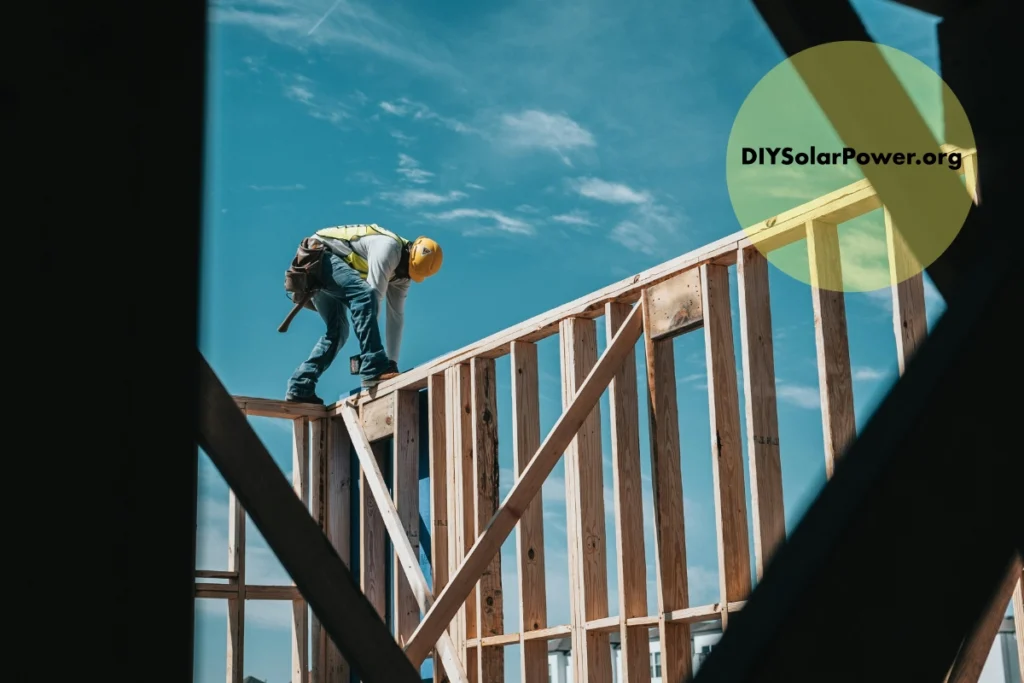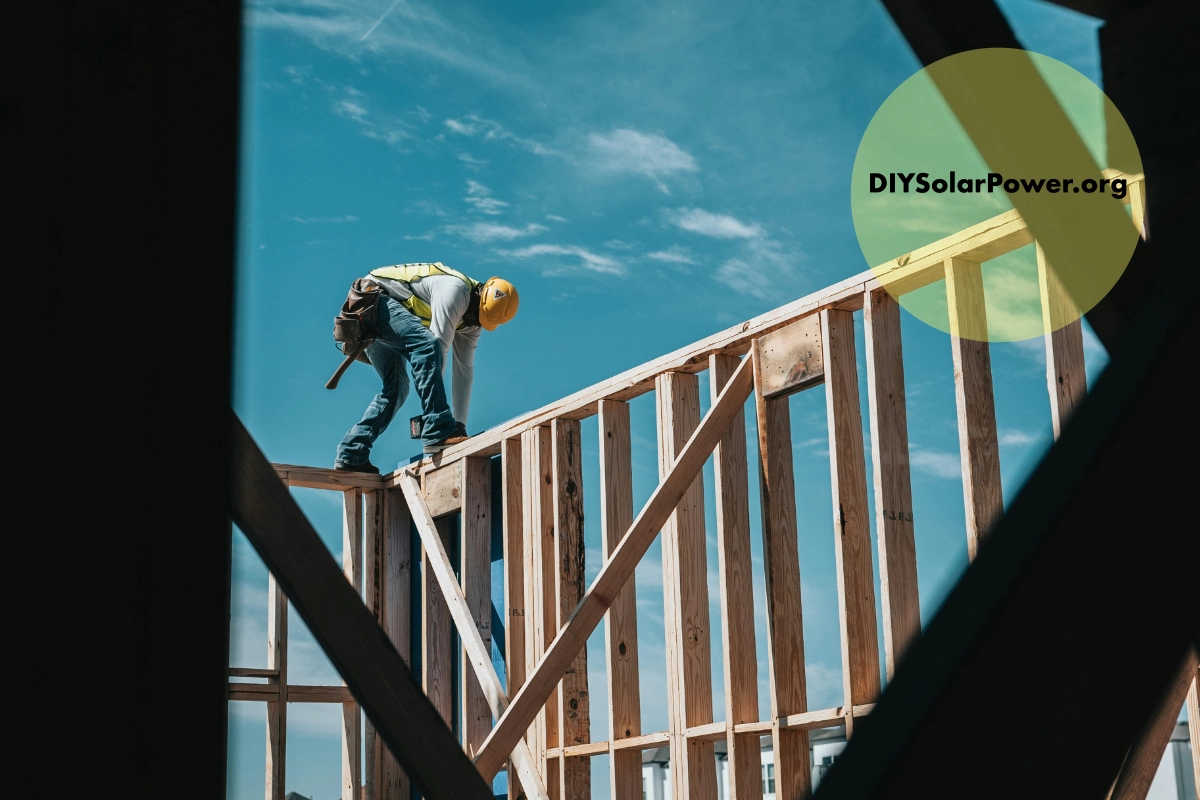As the push towards renewable energy gains momentum across the United States, several states have begun implementing solar-ready mandates. These regulations require new constructions to be built with future solar installations in mind, a move that significantly impacts builders and developers. Focusing on Texas, Oklahoma, Kansas, Nebraska, and Iowa, this blog post delves into the cost implications and compliance strategies associated with these mandates. With over two decades of experience in solar panel installation, I’ve seen firsthand the evolution of solar energy from a niche market to a cornerstone of sustainable development. Let’s navigate these waters together, keeping in mind that while change is constant, a dash of wit can make the journey enjoyable.

Understanding Solar-Ready Mandates
Solar-ready mandates are designed to ensure that new buildings are constructed in a way that facilitates the future installation of solar panels. This involves specific considerations like roof design, load capacity, and conduit paths for electrical wiring. While these mandates are not yet uniformly adopted across the US, states like Texas, Oklahoma, Kansas, Nebraska, and Iowa are increasingly recognizing the importance of solar readiness in building codes.
Cost Implications for Builders
The initial perception might be that solar-ready mandates introduce additional costs to the building process. However, the reality is more nuanced. Preparing a new construction for solar installation can lead to cost savings in the long run, both for builders and future property owners.
- Upfront Costs vs. Long-Term Savings: The initial investment in solar-ready features can be offset by the increased market value of the property. Additionally, future savings on energy costs make these properties more attractive to buyers.
- Incentives and Rebates: Builders should be aware of federal and state incentives that can reduce the financial burden of complying with solar-ready mandates. These incentives often cover a significant portion of the costs associated with making a building solar-ready.
Compliance Strategies for Builders
Navigating the compliance landscape requires a strategic approach. Here are some compliance strategies that builders can adopt:
- Stay Informed: Regulations can change, so it’s crucial for builders to stay up-to-date with the latest building codes and mandates in their states.
- Collaborate with Solar Experts: Partnering with solar installation experts can provide builders with the necessary insights and technical know-how to comply with solar-ready mandates efficiently.
- Incorporate Solar Readiness into Design Phases: By integrating solar-ready features at the design stage, builders can avoid the need for costly retrofits and alterations down the line.
- Educate Clients: Builders can play a pivotal role in promoting solar energy by educating their clients on the benefits of solar-ready construction and the potential for future energy savings.
As the transition to renewable energy accelerates, solar-ready mandates represent a significant step forward in sustainable building practices. For builders in Texas, Oklahoma, Kansas, Nebraska, and Iowa, embracing these mandates not only ensures compliance but also positions them as forward-thinking leaders in the construction industry. By understanding the cost implications and adopting effective compliance strategies, builders can navigate these mandates successfully, contributing to a greener future while enhancing the value and appeal of their projects.
Remember, the journey to solar readiness is not just about compliance; it’s about being part of a larger movement towards sustainability. As we continue to harness the sun’s power, let’s build not just for today, but for a brighter, cleaner tomorrow.
